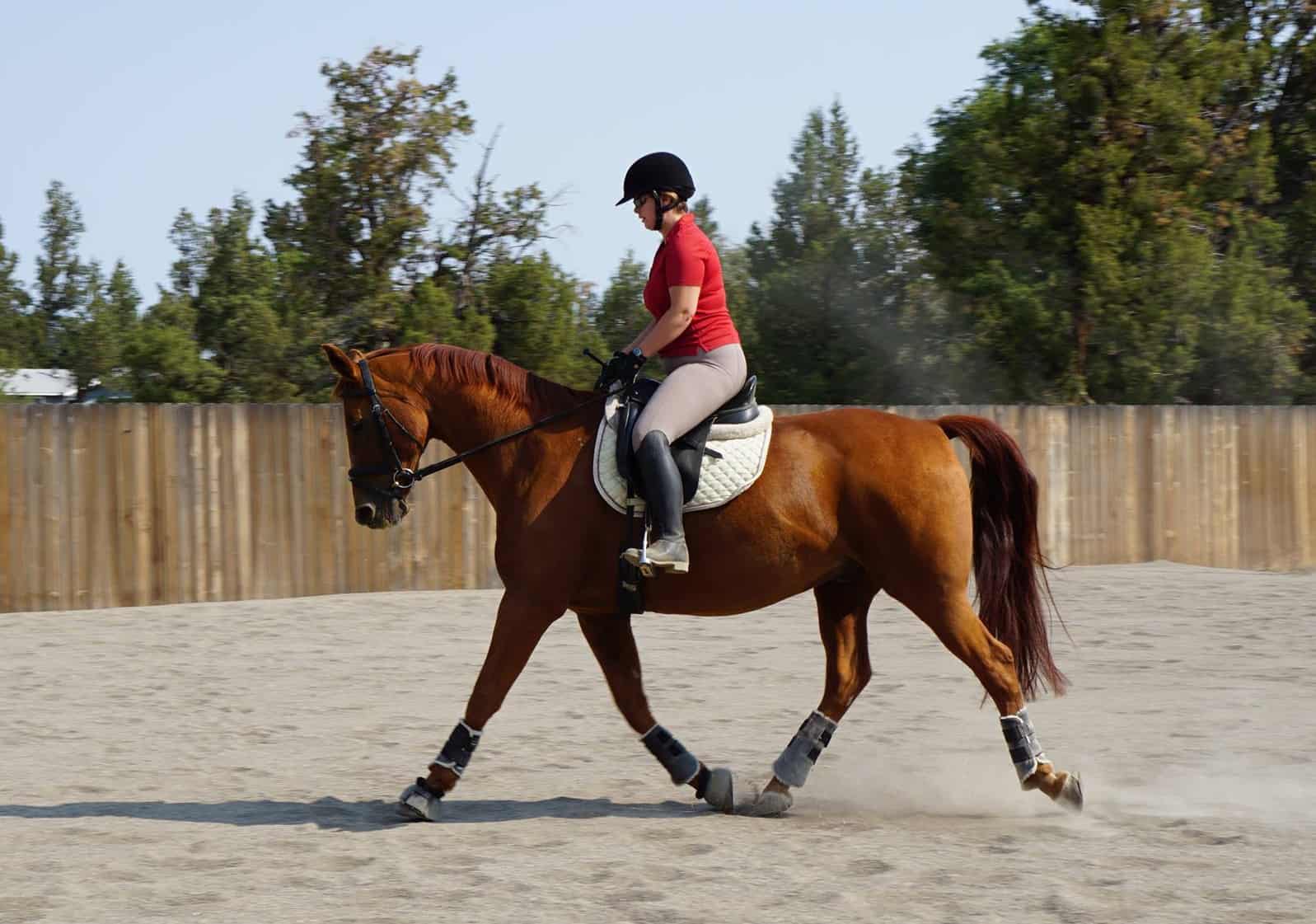Box Elder Tree Seeds Linked to Seasonal Pasture Myopathy
A horse starts showing stiffness and a reluctance to move. His muscles suddenly become weak to the point he can no longer remain standing. Then, as quickly as clinical signs set in, the horse dies.
Just 48 hours earlier the horse grazed happily in his pasture—an overgrazed field full of seed heads and dead leaves.
This story is typical of suspected cases of seasonal pasture myopathy (SPM), a highly fatal muscle disease described in the Midwestern United States and eastern Canada, and atypical myopathy (AM) in the United Kingdom and Europe. For decades the disease had baffled veterinarians on both continents, who struggled to pinpoint and agree on a cause.
That changed in 2011 when Stephanie Valberg, DVM, Dipl. ACVIM, and a team of researchers from University of Minnesota (UM) and Iowa State University (ISU) started investigating SPM cases and found a link to box elder trees. She presented their findings in “Identification of the Cause of Seasonal Pasture Myopathy in Horses” at the 2014 American College of Veterinary Medicine Forum, held in Seattle, Wash
Create a free account with TheHorse.com to view this content.
TheHorse.com is home to thousands of free articles about horse health care. In order to access some of our exclusive free content, you must be signed into TheHorse.com.
Start your free account today!
Already have an account?
and continue reading.

Written by:
Michelle Anderson
Related Articles
Stay on top of the most recent Horse Health news with















